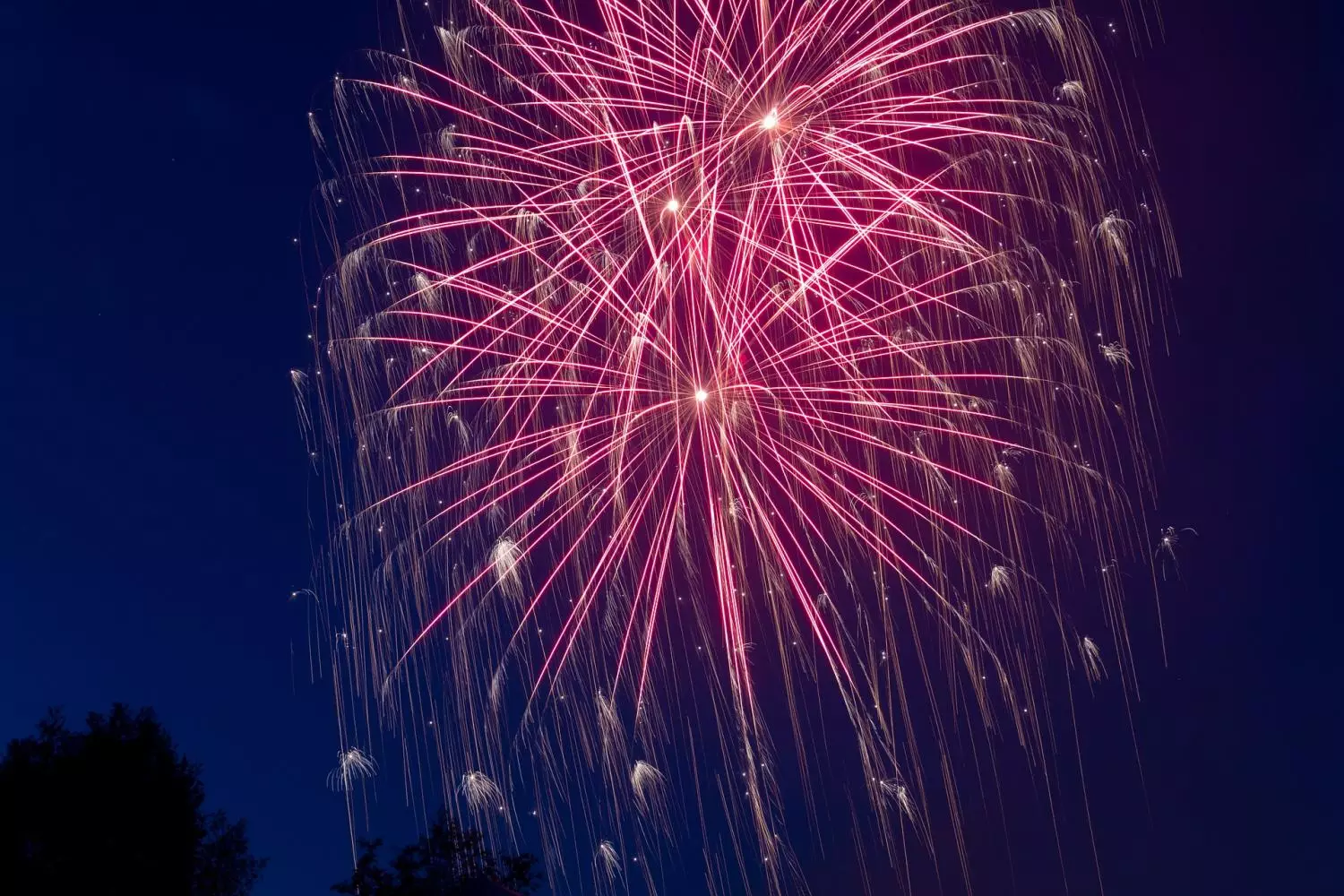As Utahns gear up for the exuberance that comes with Independence Day, marked by a vibrant tapestry of fireworks lighting up the sky, a sobering study from Brigham Young University (BYU) casts a shadow over the festivities. While the joy of fireworks symbolizes freedom and celebration, we must pause to consider the hidden perils they bring to our air quality. A new study led by geology professor Greg Carling has brought to light the often-overlooked issue of air pollution stemming from these colorful explosions.
The Science of Particle Pollution
The study’s findings reveal intricate details about particulate matter (PM), a toxic concoction of microscopic substances, including dust, metals, smoke, and liquid droplets, that pervade the air we breathe. Among these, PM2.5 particles—measuring less than 2.5 micrometers—pose the gravest threat to human health, penetrating deep into our lungs. The correlation between fireworks and increased particulate matter is alarming, suggesting that celebratory acts of joy may simultaneously be acts of environmental and health irresponsibility.
Carling’s two-year endeavor to measure air quality along the Wasatch Front culminated in findings that are both astounding and terrifying. The study confirms the substantial contributions of urban firework displays and winter inversions to pollution levels. Every time a firework bursts into a glittering cascade of color, it releases significant amounts of harmful metals—such as barium and copper—into the air, exacerbating an already precarious health landscape.
Health Implications: Beyond the Sparkle
The health risks associated with exposure to particulate matter, particularly metals such as arsenic and lead, are strikingly serious. Chronic exposure can lead to an array of health issues, including respiratory ailments, cardiovascular diseases, and long-term neurological disorders. The study draws critical attention to an area where legislative standards are alarmingly lacking. Unlike drinking water, which has stringent safety protocols, air quality regulations concerning these toxic metals remain virtually nonexistent. This regulatory gap raises essential questions about public safety and raises the stakes for residents who may unwittingly expose themselves to these health hazards during festive occasions.
Carling’s assertion that “any concentration of particulate matter is hazardous” serves as a dire wake-up call. The presence of metals—which not only linger in the air but also cycle into soil and waterways—compounds the risks, making it essential for communities to respond promptly and decisively.
Informed Choices: A Path Toward Safer Celebrations
With this knowledge in hand, what can Utahns do to enjoy the Independence Day celebrations yet mitigate their impact on air quality? Carling advocates for community-centered firework displays as a viable alternative to private shows. By opting for city-sponsored events, individuals can minimize their contribution to air pollution while still enjoying the mesmerizing display of colors against the night sky. Additionally, people can adopt healthier habits during air quality crises, such as exercising indoors or relocating to less polluted areas.
Awareness is a powerful catalyst for change; therefore, Utahns should consider advocating for stricter regulations on firework usage and promoting ongoing research into the health effects associated with airborne particulate matter. Policymakers, armed with robust research like that from BYU, have the opportunity to initiate legislative frameworks that protect public health while still allowing for festive expressions of national pride.
The Silver Lining: Opportunities for Change
Despite the disquieting findings of Carling’s research, there remains an undercurrent of optimism. As awareness grows, so too does the potential for change. Communities may begin to rethink their holiday traditions, prioritizing public health without sacrificing the joy and communal spirit that accompanies fireworks. This study serves not only as a warning but as a stepping stone towards a healthier relationship with our environment.
By making informed choices and harnessing the knowledge gained from scientific inquiry, Utahns can engage in celebrations that resonate with the patriotic spirit while safeguarding their health and the environment from the dark consequences of unnecessary air pollution. The vibrant colors of fireworks should not mask the urgent need for action; rather, they should ignite a commitment to sustainable practices that ensure a legacy of health for future generations.

